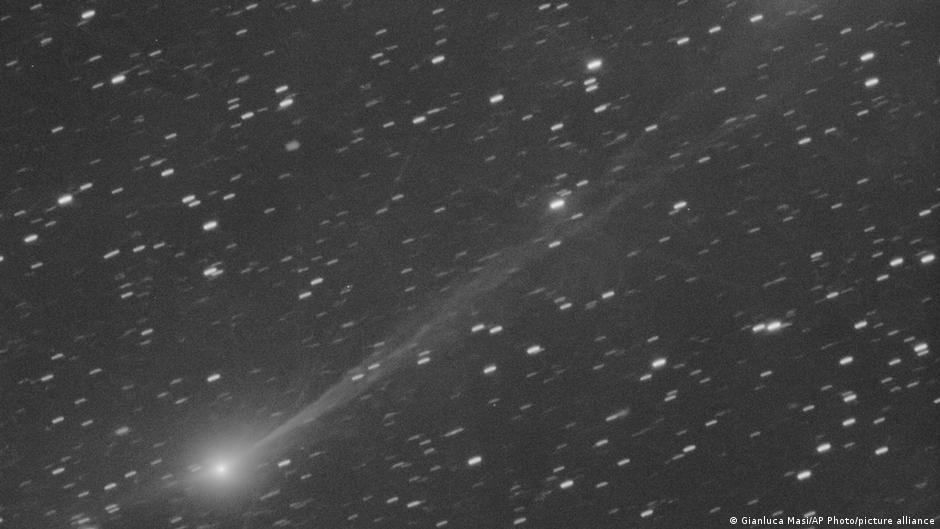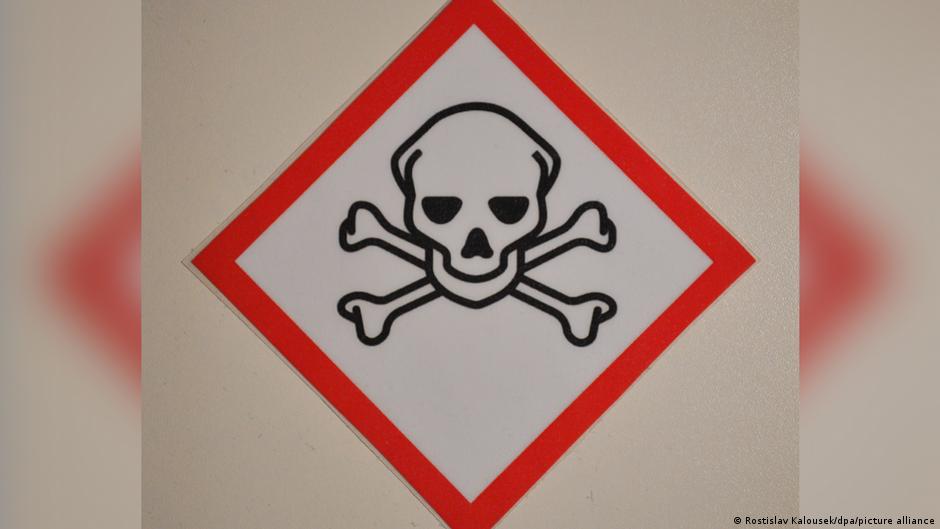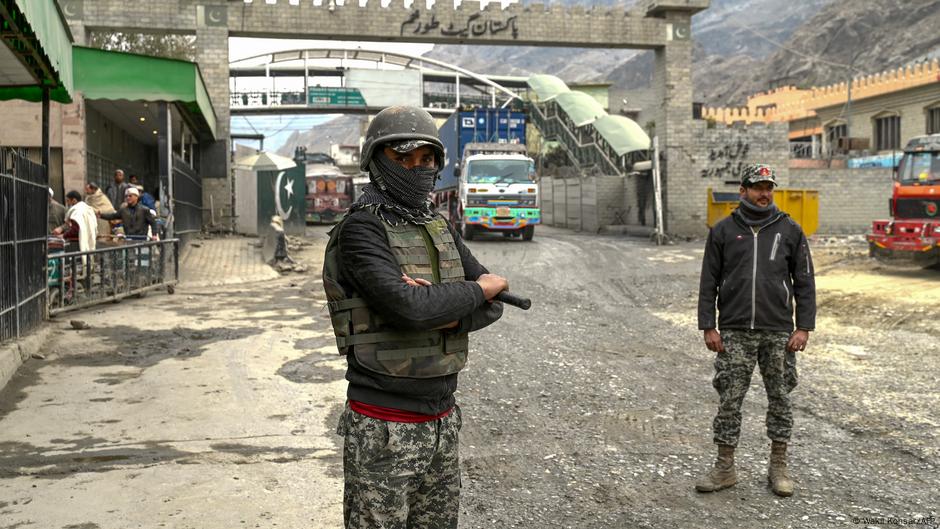In a quest to stamp out tobacco use, Southeast Asia is leading the world — it has massively reduced its tobacco consumption since 2010. It previously had the highest tobacco use per capita, but has dropped to second place on a World Health Organization (WHO) league table. Europe now holds the top spot.
Why is this important? Southeast Asia accounts for about a quarter of the world’s population. At the turn of the century, more than 50% of the population (1 in 2 people) in the region, aged 15 years or older, used tobacco. By 2030, it’s expected that fewer than 1 in 5 people in Southeast Asia will consume tobacco.
“The reduction is remarkable, but it’s in line with what’s been observed in the rest of the world,” said Kamran Siddiqi, a professor in public health at the University of York, UK.
Populations around the world have been turning their backs on tobacco since the year 2000. This has mainly been driven by government regulations on cigarette sales and advertising, and public health awareness campaigns.
In 2010, the WHO set its own target of reducing tobacco use by 30% within 15 years. Only Southeast Asia, Africa and the Americas are likely to achieve that.
Direct tobacco use and exposure to secondhand smoke can cause serious illnesses, including lung cancer, heart disease, stroke, and asthma.
What does the data show?
The WHO’s latest data show an overall decline in tobacco consumption: There are 120 million fewer smokers worldwide today than there were in 2010. That’s a 27% decrease over the 15-year period.
In Southeast Asia, more than 50% of smokers have kicked the habit. That is good news because physiological improvements begin almost immediately when users stop consuming tobacco.
But a fifth of the world’s population still use tobacco — and it’s not just cigarettes; products include chewing tobacco, pouches and e-cigarettes.
And while the data show a decline in use in highly populated regions, progress is slower in higher income nations.
Tobacco kills about seven million people per year, and a further 1.6 million non-smokers, who are exposed to secondhand smoke, also die as a result of tobacco.
Most tobacco users tend to be male, so most public health interventions target men. But this appears only to be effective in Southeast Asia and the Americas.
How has Southeast Asia managed to cut its tobacco?
Southeast Asia is estimated to have cut tobacco use by 40% since 2010. That has mainly been driven by men giving up smoking. In 2000, 70% of men in Southeast Asia were tobacco users. Now, it’s nearly half that figure.
So, how was it achieved? Ravi Mehrotra, an adjunct professor at Emory University, US, and founder of the Centre for Health Innovation and Policy Foundation, India, said a society-wide effort had led to the decline in smoking.
“A lot of work has gone into it from stalwarts in the field,” Mehrotra told DW. These “stalwarts” include researchers and other people in the health sector, politicians and law enforcement.
That’s led to a shift in active, public policy. Countries have introduced measures like health labelling and messaging on products, smoking bans, in-school education, and the use of actors and athletes as positive role-models.
These interventions have also curbed the uptake of tobacco, reducing the number of young, first-time consumers.
Such measures can be found in other countries and regions, but Asian countries have also adopted unique approaches to curbing tobacco use. India, for example, mandates that health warnings have to be displayed wherever tobacco use is shown in public. That includes when smokers appear in movies, TV shows and streaming media.
Smokeless tobacco is the next challenge
Southeast Asia is still home to a quarter of the world’s tobacco users. Despite slashing the number of cigarette smokers, the decline masks a still pervasive use of smokeless products.
More than a quarter of men in the region use such products, and a lower, but still substantial, 1 in 7 women use them.
In addition, around 1 in 7 adolescents aged 13–15 years use electronic cigarettes. That is compared to 1 in every 1,000 people across all age groups.
Siddiqi said Southeast Asia has a unique context in the global tobacco epidemic — the WHO classifies tobacco use as an epidemic.
Unlike other regions where cigarettes are predominant, smokeless products are used by just as many people in Southeast Asia.
But monitoring the use of smokeless products is difficult and not at the same standard as that for cigarettes.
“We haven’t got as robust data from Southeast Asia on all forms of tobacco as we have for cigarettes,” said Siddiqi. “Illicit tobacco is still very common, most smokeless tobacco is illicit. We would have liked to see bigger progress, a much more marked improvement.”
In 2023, Siddiqi and his colleagues called for a nuanced approach to tobacco control in Southeast Asia, including measures to reduce secondhand smoke exposure, improved understanding of the region’s tobacco supply chain, and increased understanding of the impact of smokeless products. Siddiqi told DW these challenges still needed addressing.
“The reduction is happening all over the world and I think it would have been even more in Southeast Asia had we been more cognizant of the contextual factors [like] smokeless tobacco,” Siddiqi said.
Solutions lie in taxation and packaging regulation
If Southeast Asia is to further reduce its tobacco use, it will depend on both targeted measures to address its unique challenges, and measures that have seen broader success around the world.
Both Siddiqi and Mehrotra point to high levels of taxation as a promising measure: The WHO recommends 70% of the purchase price should be tax. Siddiqi and Mehrotra also recommend plain packaging, which has helped to curb tobacco use in other regions.
Tighter controls in what Mehrotra calls “surrogate advertising” could also help.
Edited by: Zulfikar Abbany
Editor’s Note: Please note that the WHO groups countries and regions according to its own statistical and administrative criteria. For instance: While India may ordinarily be considered part of South Asia, the WHO groups it with Southeast Asia, and Indonesia, which is often considered part of Southeast Asia is, for the purpose of WHO statistics, grouped in the Western Pacific region.







